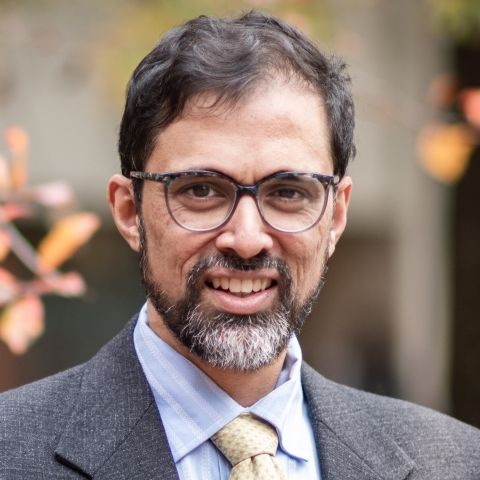
Conventional wisdom supposes that the President enjoys a power to remove all presidentially appointed officers, save for judges. A corollary of this belief is that neither Congress nor the judiciary may remove such officers, for when the Constitution grants the President a power it often follows that no one else can enjoy that power. This article argues that these orthodoxies are false. First, contrary to the Court's hasty conclusion in Bowsher v. Synar, Congress can pass statutes that remove officers. Congress can terminate offices, thereby removing incumbent officers; it can set tenure limits for officers, thus mandating their eventual removal; and it can make removal a consequence of a criminal conviction. Most importantly, Congress can also pass statutes that directly remove officers. Second, the conventional wisdom overstates presidential removal authority in some respects while understating it in others. The accepted view overstates presidential power because it supposes that the President may remove all presidentially appointed officers. If the Constitution grants the President a distinct removal power, that power only encompasses executive officers. Any removal power would not extend to the quasi-legislative, quasi-judicial heads of the independent agencies. On the other hand, the orthodoxy arguably understates presidential power because it supposes that all executive officers must have tenure during pleasure. It may well be that the President may grant executive officers a more secure tenure, such as tenure during good behavior. Third, federal courts may remove all inferior judicial officers, however they were appointed. Each inferior judicial officer receives an implicit grant of authority from the court she serves. When a court withdraws all of its authority from an inferior judicial officer, the court has removed the officer. In this way, each branch may remove officers, albeit in different ways and to different degrees.